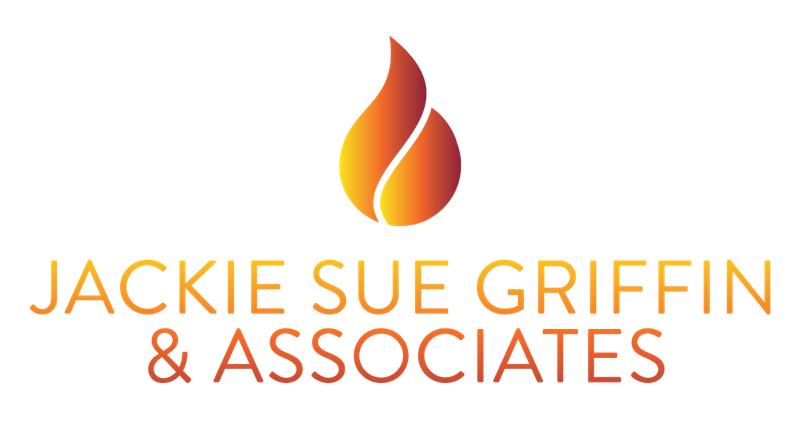06 Jul Is Your Program Design Sabotaging Your Grant Management?

By Jackie Sue Griffin, MBA, MS
Developing a new program takes some effort but will be rewarding—in terms of attracting grant funding–and impactful for your community, if you do it right.
However, if your program is poorly designed, you risk creating grant management issues, ranging from wasting resources or losing funding and funder goodwill all the way to decreasing the impact of your mission.
Here’s what you need to know to design a program that you can deliver—and report to funders on—with great success.
1. Do Your Research
Beware of developing programs in a vacuum. Do detailed research and assessment to fully understand the environment in which you intend to operate. Consider the following questions:
- What is the primary purpose of the program?
- Is there a need for the program?
- Who is the target of the program?
- How will the program help meet the community’s needs?
- What are the costs of the program development, implementation and reporting?
- What resources are essential for the success of the program?
- How will your nonprofit sustain the program?
- Does the board of directors support the program?
A lack of preparation and research to support your program may impact the funder’s decision to allocate their funds. The research should focus on recently published and peer-reviewed sources.
2. Set Clear Goals
The program must have measurable outcomes and objectives. Goals must be SMART (specific, measurable, attainable, realistic and time-bound). The funder will want to clearly see that your organization has the capacity (funding, personnel, reporting tool, technology) to successfully deliver the service you’re proposing. Your evaluation methods should be a good indication to funders of the success of the program.
3. Organize Grant Reporting
A well-designed program provides evidence of how the grants will be used. Set up an online portal where funders can ask basic questions about what the grant supported and if anything has changed since the start of the program. Set a deadline for reports and stick to it because any breach of agreement may stop any future funding. Designate which members of your team will be involved in reporting and what their responsibilities and deadlines are.
4. Set Budget Tracking
A detailed program should include budget tracking. Providing evidence on how grant money is spent, and its impact is essential for future funding. It also ensures that you’ll have answers to any questions your funders may ask.
5. Think About the Values of the Funder
Consider the values that your potential funder highlights. Whatever their focus is (for example, diversity, inclusion or freedom), be sure to design the program around the values they hold.
An Example of a Good Program Design
A good program consists of:
- Title: Name of the program and organization and names of the individual stakeholders involved in planning. Avoid the use of acronyms on the title page!
- Table of contents: Provide sufficient detail to guide the reader, including page numbers, boxes, figures and appendices.
- Executive summary: State the program’s vision and the theory of change, define the program goals and activities, describe the program planning activities and summarize the key program activities and partners.
- Program vision: Clearly state the vision for the program and the theory of change.
- Background and supporting information: Outline the literature base or research, describe the context of the program, explain how the idea for the program originated and state the demand, gap in the field or interest in the program.
- Goals, action steps and outcomes: Clearly state each of the program goals and detail the action steps for achieving the goals. The action steps should be practical and specific.
- Program structures, reach and partners: Describe the scale of the program, the program setting and the key partners.
- Organizational capacity statement and fundraising plan: Describe the program’s total human resources and financial budget, as well as the fundraising activities planned for the year.
- Evaluation plan: Describe the types of collected data, who will manage it and what data collection tools you’ll use. Explain how funders will participate in the evaluation.
- Conclusion: Summarize the program plan into one comprehensive paragraph and outline the challenges for the program’s execution.
- Appendices and references
Here at JSG & Associates, we support the passionate leaders who make nonprofits successful. For more information about us, visit our website.
Stay up-to-date: Follow us on Facebook, Twitter, LinkedIn and subscribe to our monthly newsletter now.

No Comments